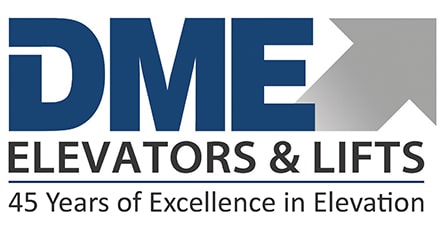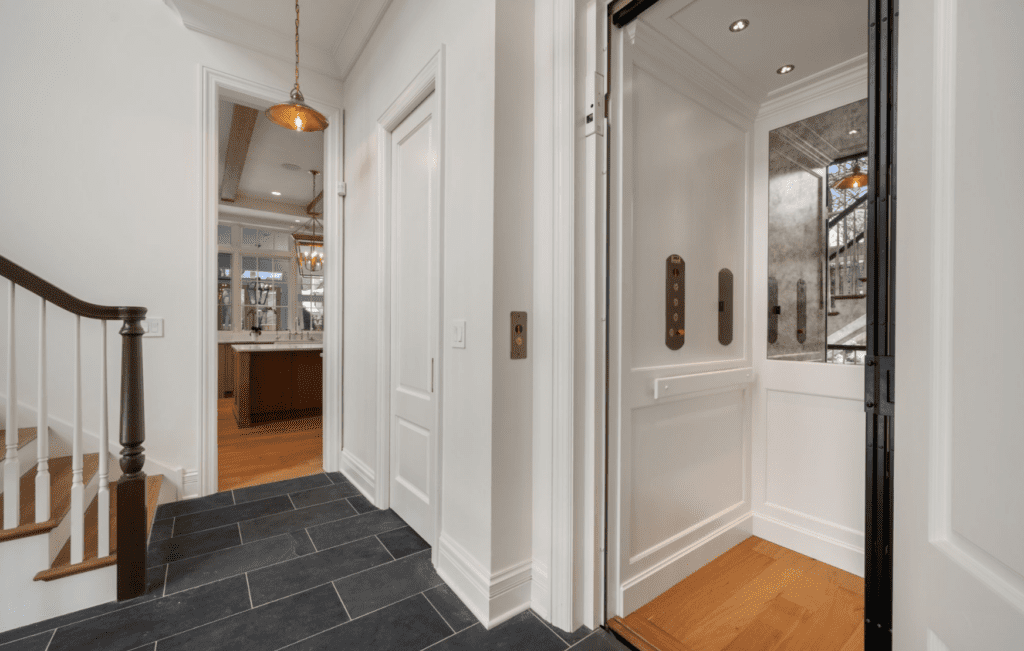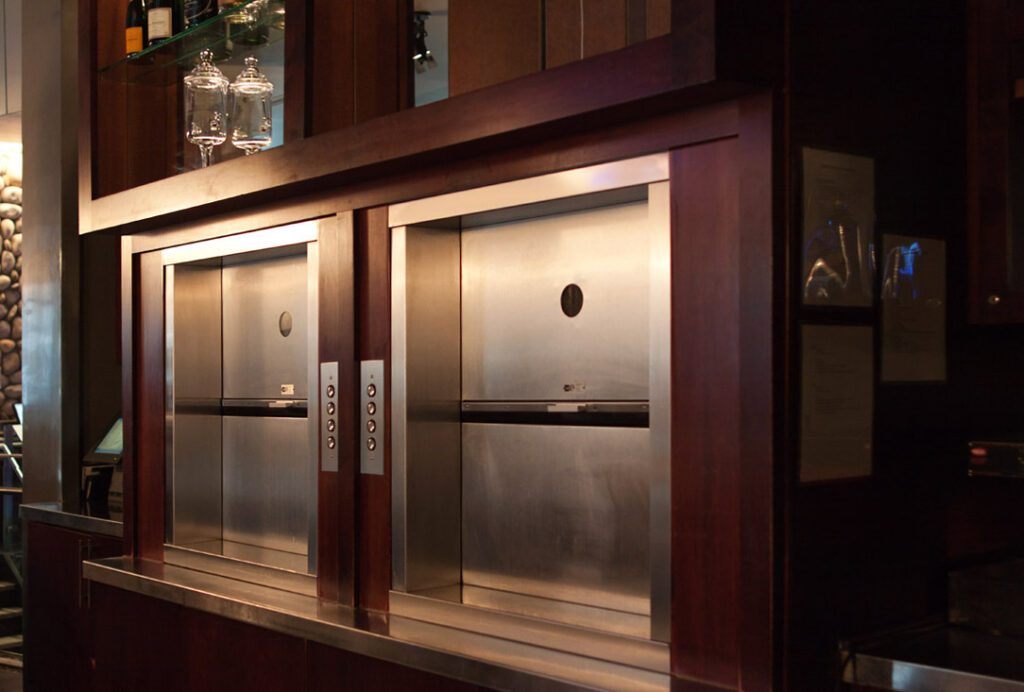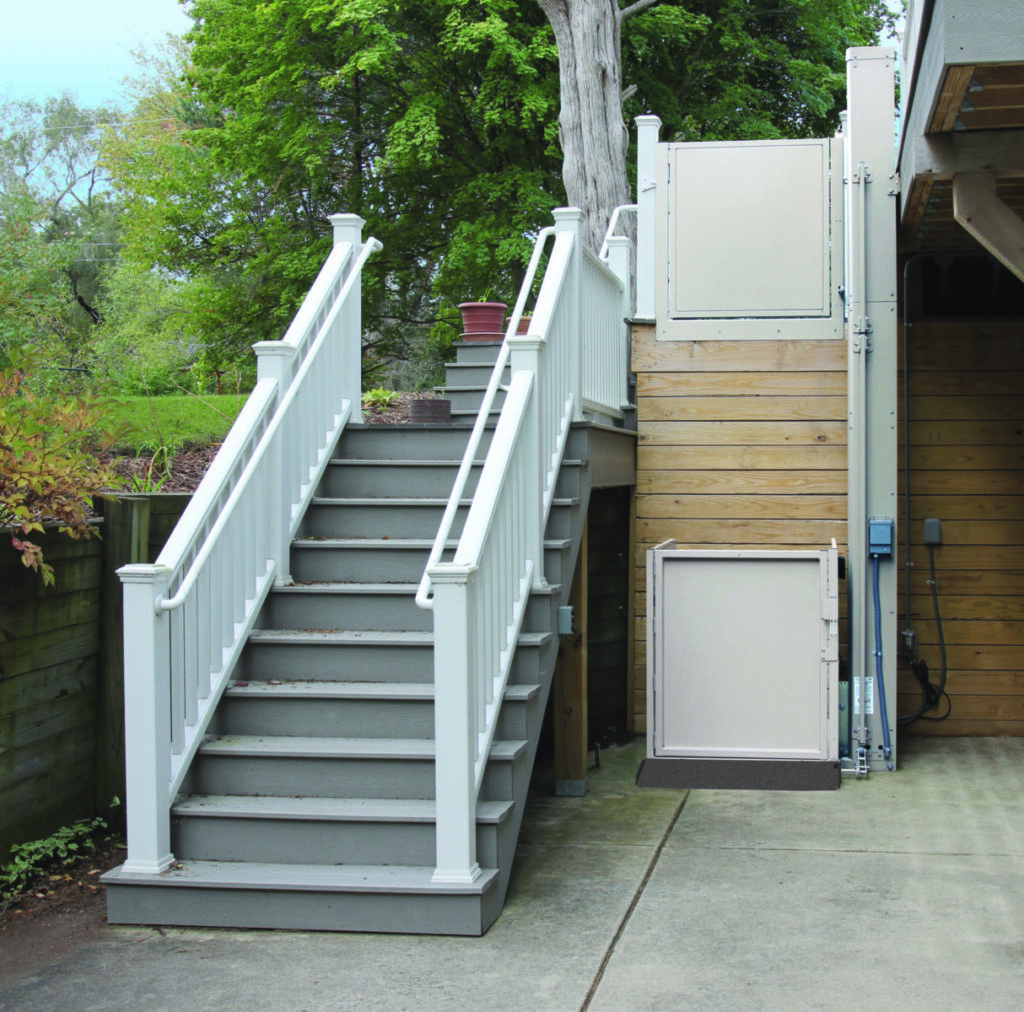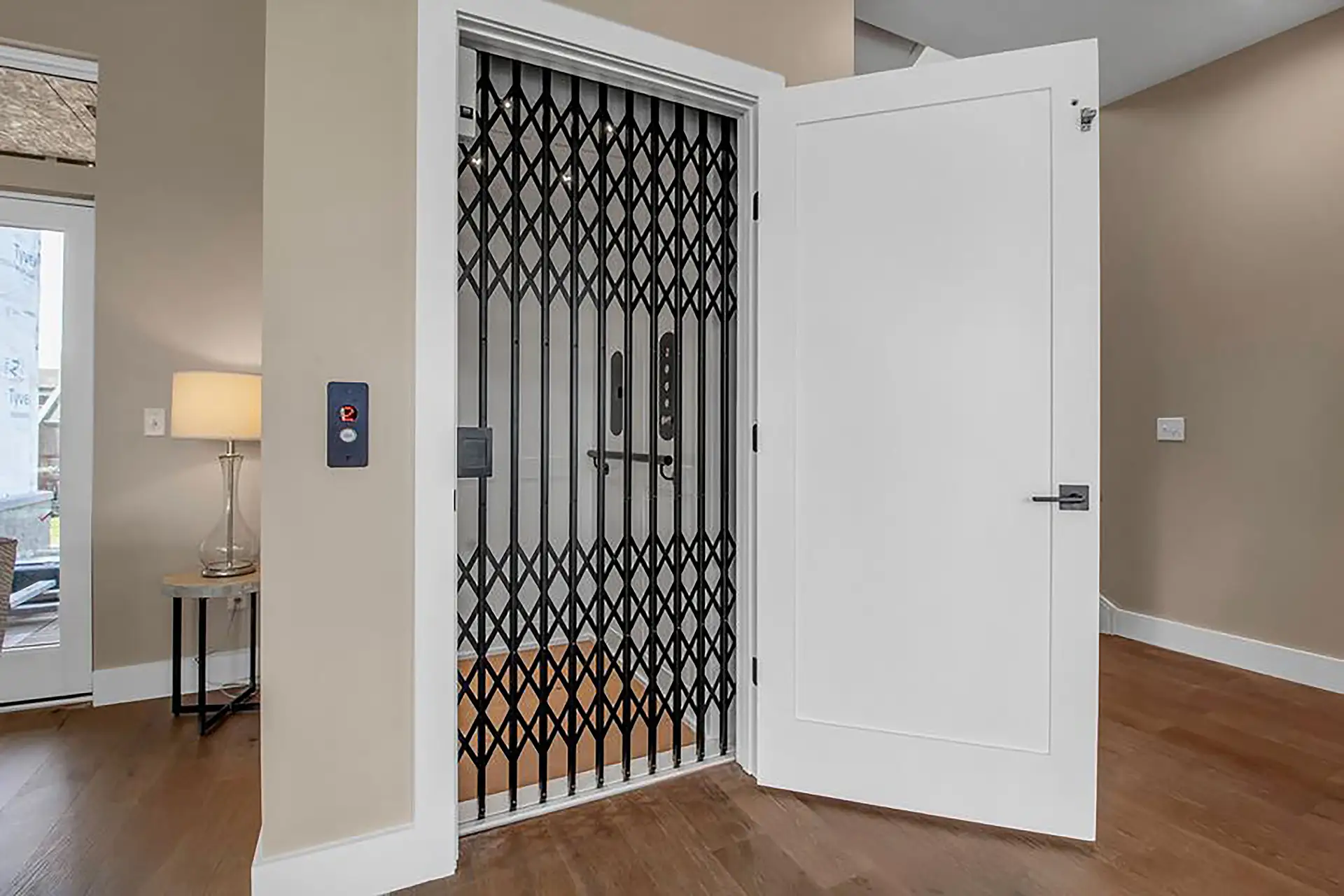
Rise of Home Elevators in Modern Architecture
Home elevators, a key feature in accessible home design, are more affordable than ever before, but their increasing popularity is not a new phenomenon. Developments in electric motors and hydraulic lifts brought home elevators into the price range of many homeowners in the late 1900s.
Home elevators can be one of the most cost-effective investments you can make in your home. Here’s why:
- They can pay for themselves by boosting your home’s value
- They help avoid the major costs of staying in an assisted living facility
- They drastically improve safety for seniors and people with limited mobility
Another reason that home elevators have been becoming more popular and more affordable is that multigenerational households are becoming more common. As such, accessible home designers are putting greater consideration on practical mobility accommodations like elevators, and many home builders now have the option to add elevators at the design stage.
Benefits of Home Elevators
The benefits of home elevators are both practical and aesthetic, improving your quality of life while also boosting the value of your property. Here are some of those benefits.
Enhancing Accessibility & Convenience
A home elevator eliminates the need to rely on solely using the stairs, which helps seniors but also people of all ages with mobility challenges. It can also come in handy when carrying heavy items from floor to floor. As all individuals in the home can benefit from an elevator, having an accessible home design can be a significant selling point for future buyers.
Expanding Living Space & Functionality
Home elevators allow you to utilize all areas of your home, including upper floors and basements. This enables you to age comfortably in place in your own home. For prospective buyers, this appeals to people looking for multi-generational living spaces or home offices.
Improving Safety & Future-Proofing
You can eliminate the risk of falls on stairs for all individuals in your home with a home elevator. This allows you to stay in your home for as long as you’d like and helps retain and improve the value of your property into the future.
Home elevators can incorporate sturdy handrails, non-slip flooring, emergency communication systems, and backup power sources to make accessibility and safety the number one priority.
Stylish & Customizable Designs
Modern residential elevators can be customized to reflect your taste and style. They can blend seamlessly with your home’s decor, or they can be designed as a focal point that adds an element of luxury and sophistication. You can opt for sleek glass panels, elegant wood finishes, or contemporary metal accents, all of which can elevate the overall look of your home to potential buyers.
Energy Efficiency & Sustainability
Many modern elevator manufacturers offer energy-efficient options for home elevators, such as LED lighting. This reduces your environmental impact and contributes to long-term energy savings. Also, sustainable home improvements are becoming increasingly popular with home buyers.
Increasing Property Value
In addition to the practical and aesthetic benefits, installing a home elevator can have a positive impact on the value of your property. The added convenience, accessibility, and touch of luxury set your home apart from others on the market.
Homeowners who invest in a high-quality home elevator often recoup a significant portion of their investment when it comes time to sell their property. Studies have shown that homes with elevators often command higher selling prices and spend less time on the market.
The amount of value a home elevator can add to your home depends on the quality and condition of the elevator, its maintenance history, its design integration with your home, and market demand in your area. To maximize your return on investment, it’s in your best interest to work with reputable lifting businesses, maintain regular elevator servicing, and ensure that your elevator integrates seamlessly with your accessible home design.
Integrating Home Elevators in New Builds
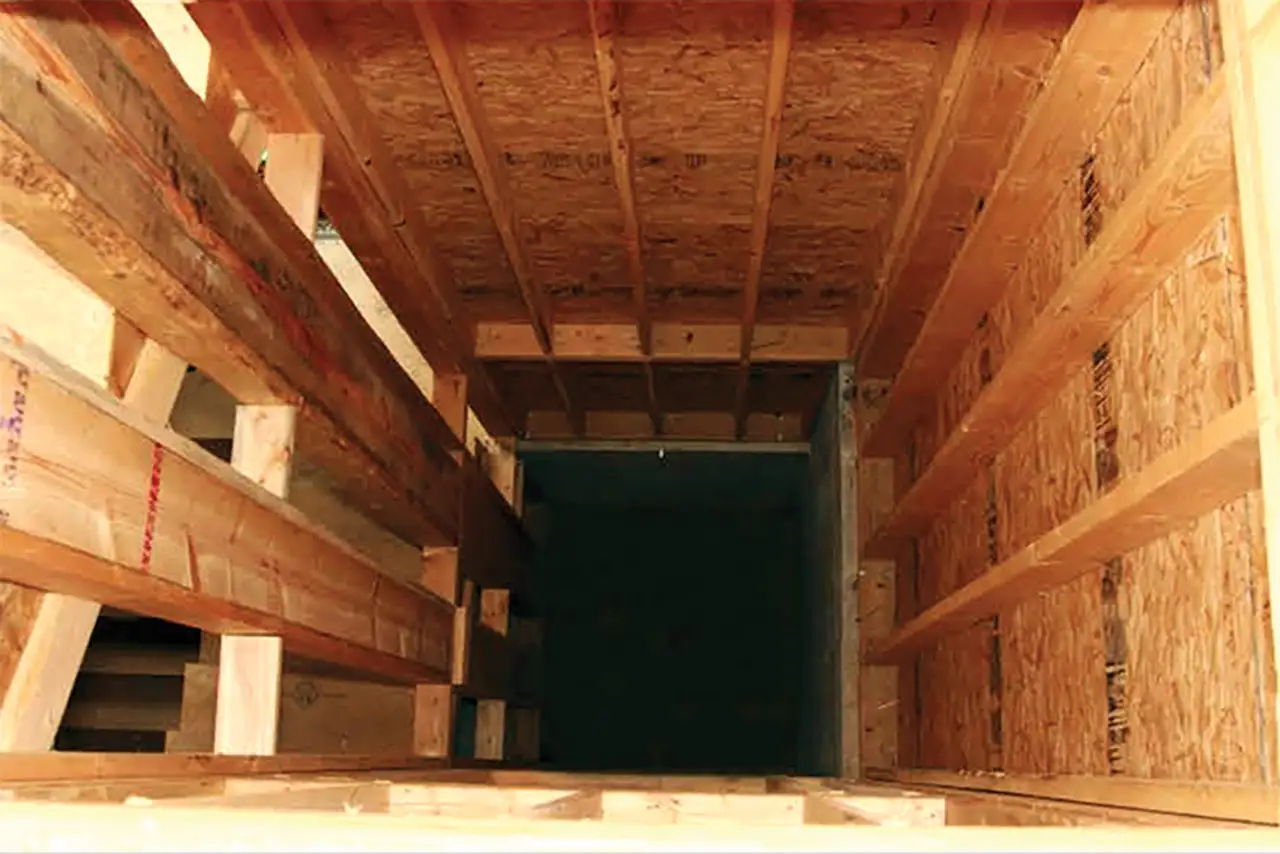
When adding an elevator to a new build or an existing home, there are a few things that you need to consider.
Location
Starting in the mid-1990s, accessible home builders began including preplanned elevator hoistways in new construction. Some structures have been built with features like stacked closets to allow for the future installation of a home elevator. Some homes have small pantries or offices in this stacked formation, which allows for easy renovation to create the elevator hoistway.
If your home does not have a preplanned hoistway, an elevator can be installed in a location that is mostly unobstructed at all potential landings because a new “room” will be added to each serviced floor. Some types of elevator drive systems require the addition of a machine room, so it is best to plan your home elevator installation with an experienced elevator installation company.
Safety
Home elevator manufacturers are required to meet the requirements established by the American Society of Mechanical Engineers (ASME) in ASME A17.1. The ASME elevator code covers the design and installation of new equipment, maintenance, alteration, and inspection related to the safety of elevators, escalators, and similar equipment.
Many elevator manufacturers and installers will voluntarily join associations that help influence decisions made regarding safety codes and standards, regulatory authorities, and other organizations associated with accessibility equipment. Elevator companies that join groups such as ASME, AEMA, NAEC, and NAHB are actively working to better elevator design and installation practices and provide a safer elevating experience.
Insurance Implications
When you are considering installing a home elevator, you should contact your insurance agent to discuss any potential impact it may have on your homeowner’s insurance policy. Whether you’re adding an elevator to a new build or an existing structure, it will increase what insurance companies call the “replacement value” of your home.
This means that once an elevator is added, there is more value in your home that will need to be replaced in the event of a total loss. As such, your liability coverage may need to be adjusted, we recommend reviewing this with your agent.
Home Marketability
Installing a home elevator improves the marketability of your home because it makes your home an option for a wider market of potential buyers. Whether it is for convenience or out of necessity, having easy access to every level of a home is an attractive quality for future occupants. Home elevators improve accessibility now and in the future, whether you’re planning to age in place in your home or eventually put it on the market.
Overcoming Challenges in Elevator Integration
First and foremost, the elevator system you install needs to meet your accessibility needs. Secondly, it needs to work with the size of your home and your home’s interior design.
Here are some of the most common residential elevator types to help you decide which one is right for you and your home.
Residential Elevators For Every Space
Hydraulic Elevators
These elevators are designed to handle frequent, long-term use and provide a quiet, smooth ride. Out of all the options, hydraulic elevators are hard to beat in terms of durability, weight capacity, and the number of floors they can serve.
Shaftless Elevators
These elevators fit within your home with minimal disruption during installation, and they provide an ideal alternative to full-size elevators or stair lifts. The convenience and mobility that shaftless elevators provide make them a popular choice with seniors and those who want to age in place.
Inline Gear Elevators
These elevators do not require a separate machine room. This is an ideal solution for those with limited space. These elevators can service up to 6 floors and are rated for 1,000-pound capacity. Inline gear drives provide a reliable smooth ride.
All elevator options regardless of which system you select are customizable offering unique designs and advanced safety features.
Elevator Installation Cost Concerns
The type of elevator you choose, how many floors it needs to access, and whether it is being installed in a new build or retrofitted into an existing home will influence the installation time and cost of your home elevator.
In most areas of the U.S., the cost of a new elevator installation starts at $30,000. Along with selecting a reputable elevator company, you must consult a general contractor to help you with the process. Running hydraulics, adding electrical access to the elevator control box, and having a higher number of stops will likely increase the price. Glass elevators and high-end finishes on fixtures, like brass fittings, can also drive up the cost, but the design of an elevator can boost your home’s overall value.
Generally, it’s more expensive to install an elevator in an existing house than to add one to a new building. However, aging in place is one of the most cost-effective choices seniors can make, and a home elevator can provide the means to do so.
Consult DME Elevators & Lifts for Home Elevator Integration
DME Elevators & Lifts has been providing Excellence in Elevation since 1977, and we are here to help you create an accessible home. If you are looking into an elevator for your home, our advisors can help you decide which model is right for you, taking into consideration any space constraints, budget concerns, and your specific mobility needs. Our certified, in-house technicians are available to install, maintain, and service your home elevator.
As more and more people are choosing to age in place, now is the time to integrate elevators into new builds and regain your independence in your current home. We can provide the necessary guidelines to help your general contractor and architect prepare your home from the start. Contact us today for a free in-home assessment.
